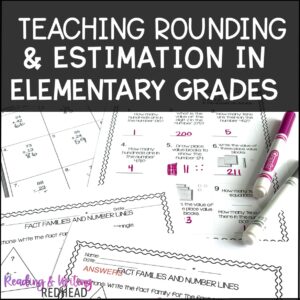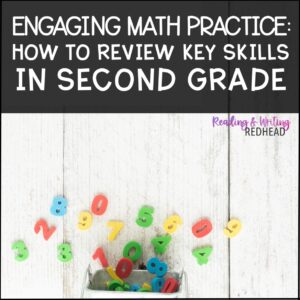
In the first chapter of the book we read about collecting data and in chapter two we received detailed information about analyzing that data. Chapter three was about interpreting data and goal setting. This week we are discussing the middle of chapter 4. The beginning of chapter 4 focused on goal setting and how to get started with an action plan.
The second part of the chapter (for this week I read to page 141) is also about goal setting, but keep in mind that the chapter is called Creating an Actin Plan. First, Serravello reminds us that for students to accomplish goals, they need repeated practice with the strategies and skills and the teacher needs to use the gradual release of responsibility model (i.e. less support over time until the student is independent).
Serravello shares ideas for instructional formats and what degree of support each one provides. For example, a minilesson has a high level of support, guided reading has a moderate level of support and peer editing has (hopefully) a low degree of support. By the way, if you can give me advice on helpful second graders become effective peer editors, please comment below!
She also shares a chart that shows the three levels of decision making that will move children toward independence. As in previous chapters, she provides excellent questions for teachers to ask themselves to help plan instruction, such as “What method will you use?” and “How supportive will your prompts be?”
Serravello includes some very valuable topics in this chapter, such as conferring. She suggests a structures for different types of conferences such as research-decide-teach conferences and coaching conferences. She also gives helpful tips for running small group strategy lessons.
In this part of the chapter she also discusses reading partnerships and reading clubs – This is very timely. I just attended the Scholastic Reading Summit and went to a workshop all about Booktalking, which in my words is about running an after school book club at your school. It was pretty interested but I like Serravello’s ideas on how to do this kind of thing during class. She also delves into writing partnerships and shared reading- she provides a nice structure for this: connect, teach, read with feedback, and link (recap). Also covered is shared writing, interactive writing (again she provides a nice structure for you to use: plan, compose and link), and guided reading. Overall she provides us with a lot to mull over and we can use the summer to formulate a plan for running a successful reading program this year. Be sure to see who else linked up for this Book Study below. Happy reading, everyone!







